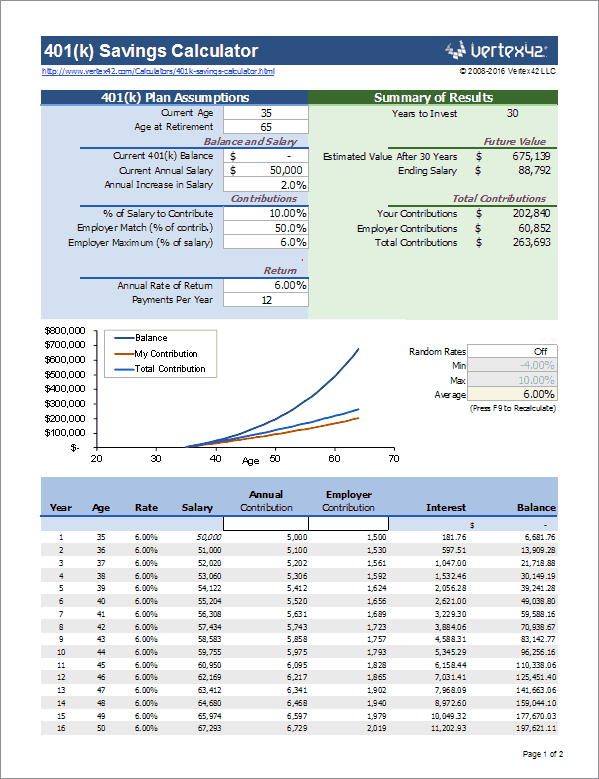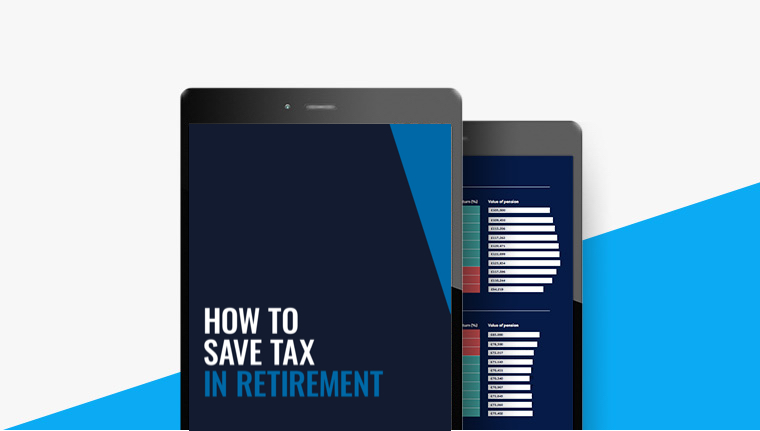
And since the return was for a quarter, I would set the compounding to quarterly.īut the bottom line is when projecting how long income from a mutual fund might last, it can only be an estimate since we do not know how the fund will perform in the future. Since the calculator asks for an annual rate, you should enter 8%. However, if again, for example, you see that your fund returned 2% for the last quarter then you need to do a little arithmetic. Then I would set compounding to annually. Say, for example, your mutual fund states they average a 7% annual return.

The compounding option generally is made available for savings and similar accounts that specify a compounding frequency.īut the calculator can be used for mutual funds, and what you set it to depends on how you set the rate. I just wasn’t sure what your question was. That is, assuming a balance of $10,000, the interest earned for January will be the same interest earned for February given the same interest rate. Each period is assumed to be of equal length for the purposes of interest calculations. The other compounding frequencies are based on periods of time other than days. Daily compounding will result in nearly the greatest future value (except for "Continuous Compounding". That is, using it will result in the lowest future value. (The interest earned each day is added to the principal amount each day.) The "Exact/Simple" compounding option is the most conservative setting. The "Daily" option uses the exact number of days between dates, but daily compounding is assumed. Also, the exact number of days between withdrawal dates is used to calculate the interest for the period. Selecting he "Exact/Simple" option sets the calculator so it will not compound the interest. That is, if the withdrawals must last for say 25 years, it will calculate one of these other three values.Įnter any three values and enter a "0" (zero) for the one unknown value.Ī note or two about "Compounding Frequency". While it is most frequently used to calculate how long an investment will last assuming some periodic, regular withdrawal amount, it will also solve for the " Starting Amount", "Annual Interest Rate" or "Regular Withdrawal Amount" required if you want to dictate the duration of the payout. Chance of living to age 100 source: DWP Number ofįuture Centenarians by Age Group - April 2011.You will find the savings withdrawal calculator to be very flexible. LifeĮxpectancy source: 2016-based UK Cohort Expectation of Life, Office for Shorter or longer time, depending on your own circumstances. Of birth according to average national statistics. The default settings assume life expectancy based on age, gender and date It’s important to remember that your investments can fall and rise in value (rather than grow by a steady percentage each year as shown in this calculator), and you can hold cash if you want to (perhaps to fund planned withdrawals without needing to sell investments). It also assumes annual charges of 1%, which is a typical investment charge. The default settings assume your fund is fully invested with an annual growth rate of 5%, but you should adjust this to reflect the growth you expect from your portfolio. Results don’t take into account the effects of inflation, which can reduce

Unrealistic assumptions will increase the risk of running out of money.

You can customise these assumptions to better reflect your ownĬircumstances by editing your details. Individual circumstances, so results shouldn’t be taken as personalĪdvice. Investment growth, charges and life expectancy. For these calculations we've made some initial assumptions about your net


 0 kommentar(er)
0 kommentar(er)
